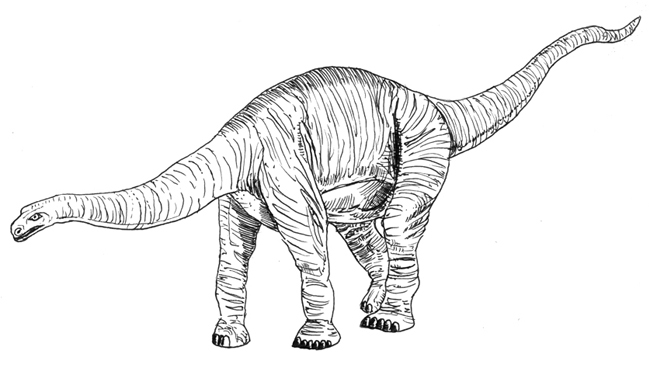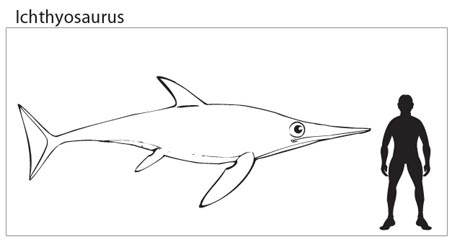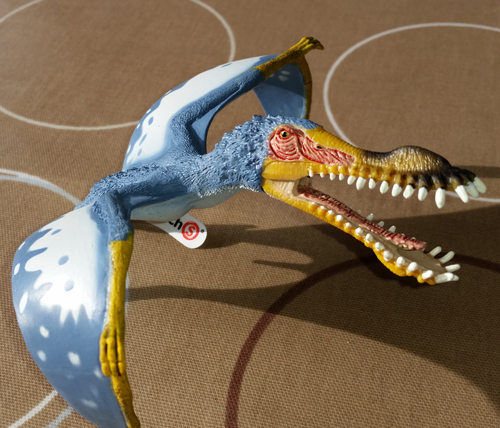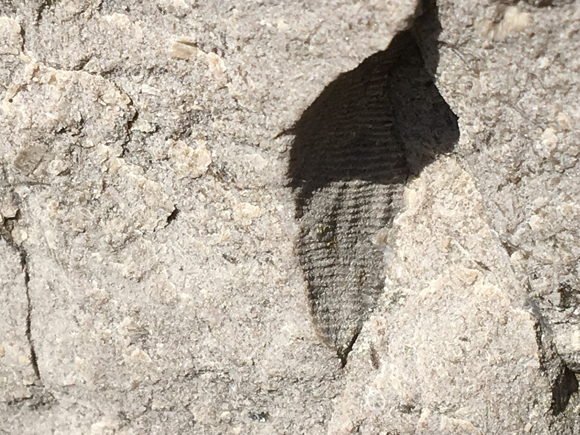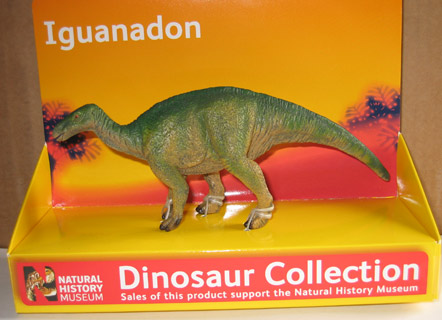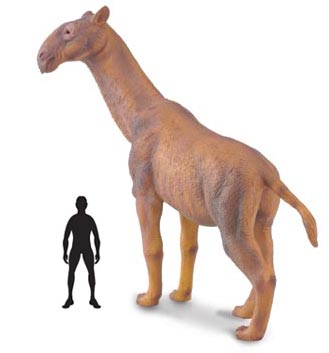Landmark Dinosaur Experience due to Open in 2011
The dusty multi-drawed cabinets, dark, dimly lit rooms with a single mounted skeleton almost obscured by metal supports and struts all shown off against a drab, wooden panelled backdrop, straight out of the 19th century. This may be the rather old-fashioned view of a dinosaur museum gallery, one, team members at Everything Dinosaur recall with familiarity, but museums are changing and the emphasis these days is on innovation when it comes to displaying dinosaurs.
Leading the way is the Natural History Museum of Los Angeles County, as they reveal their plans for their new state-of-the-art dinosaur hall – a large, permanent exhibition area which will double the museum’s capacity to display its dinosaur fossil collection.
Dinosaur Experience
Naturally, there is only so much that creative museum directors and the collection curators can do given the difficulties of exhibiting large dinosaur specimens in what are, in many cases unsuitable display galleries. Take London’s Natural History Museum building for example, a magnificent monument to science in the reign of Queen Victoria. It is indeed, a very beautiful building and at the time it opened in 1881 it was heralded as a triumph of architecture. However, the building is difficult to maintain, expensive to heat and the dinosaur gallery is quite dark and poorly illuminated. Only a limited number of the extensive collection of fossils can be displayed at any one time and visitors are often unable to walk completely around a particular mounted exhibit, thus limiting the view of the specimen on display.
Is this Just About Everyone’s View of a Museum T. rex?
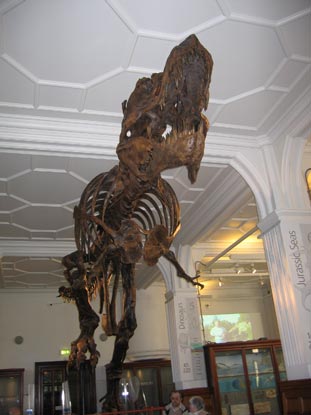
Picture credit: Everything Dinosaur
Lack of space often restricts the view of a mounted specimen, thus limiting the viewers experience and preventing them from seeing parts of the skeleton, for example, in this case the top of the T. rex skull.
The newly opened Darwin Centre at the Natural History Museum has addressed some of these problems for the London based attraction. This two-phase project (the first phase was opened last year), has provided extra work areas for the museum’s scientific staff as well as enabling the provision of more hands-on visitor exhibits. The second phase of the Darwin Centre project will be to add a multi-media studio to permit even more educational themed events to take place.
The Natural History Museum, like many natural history museums around the world has recognised that the tastes and requirements of the public is changing and if museums are to attract visitors in the future, they must change to.
Team members at Everything Dinosaur, having had the opportunity to visit a number of the major natural history museums have seen these changes taking place at first hand. Gone are the rows and rows of Victorian glass-fronted display cases, they have been replaced by interactive displays that use the latest digital technology to bring ancient worlds and ancient creatures back to life.
One of the most eagerly awaited museum refurbishments is taking place at the Natural History Museum of Los Angeles County (California, USA). There is going to be a brand new museum section especially dedicated to dinosaurs and some of the fundamental scientific questions surrounding these prehistoric reptiles. Scheduled to open in July 2011, the new dinosaur hall will provide twice the display space as the museum had previously and it will feature more than twenty full-size, articulated specimens, many of which have never been put on display to the public before.
This permanent exhibition will feature the world’s first Tyrannosaurus rex family consisting of a baby, a juvenile and fully grown adult T. rex. Members of the public will be able to see for the first time, how the anatomy and body shape of this iconic dinosaur changed as it grew. This exhibit reflects the increased scientific interest in recent years regarding dinosaur ontogeny – how dinosaurs changed as they grew up. This particular part of the new dinosaur hall, reflects the underlying theme of all the displays – helping to make scientific investigation open to all and providing vibrant, dynamic displays that will help to investigate some of the many mysteries surrounding these extinct animals.
Tyrannosaurus rex Models
The computer generated rendering provides an impresion of how the T. rex growth series will look. Visitors will be able to tour around this mount, viewing the specimens from a variety of viewpoints, the lack of glass frontage will permit these Late Cretaceous specimens to be examined in close detail, the gallery running above will permit observers to have a “birds-eye view” of a Tyrannosaurus rex family. The thinking behind the design of this new dinosaur hall, is to showcase dinosaurs and other prehistoric animals as dynamic, active creatures. The unprecedented access to the specimens afforded by the innovative layout will allow palaeontology and other related sciences to be presented as vibrant, on-going investigations into ancient life.
To see scale models of dinosaurs and other prehistoric animals: Dinosaur and Prehistoric Animal Models.
The largest single specimen on display in the hall will be a twenty metre long Mamenchisaurus (Chinese sauropod), other standout exhibits include an imposing full size Triceratops and a set of Cretaceous marine reptiles, excavated in California, inhabitants of the warm, tropical sea that once covered this part of the United States.
Two-thirds of the full-sized specimens have never been displayed before; the specimens that have been displayed have all been re-articulated in new and more life-like poses. Long gone are the days of the actual bones being on display supported by tonnes and tonnes of metal scaffolding – often referred to by museum staff as “parking lots for fossil bones” or as we at Everything Dinosaur call it “public fossil storage”.
Commenting on the new dinosaur halls, Dr Jane Pisano, President and Director of the Museum stated:
“The new dinosaur hall is a spectacular realisation of the goal of our transformation, which is to bring the research and collections of the Natural History Museum vividly to life for a public that is hungry for wonder.”
For Dr Pisano and the rest of the staff the new dinosaur hall is just part of a major six-year campaign to upgrade and revamp the Museum’s facilities and exhibition space. The cost of the work has been estimated at around £90 million GBP.
The new dinosaur hall will be organised around a series of fundamental questions surrounding the Dinosauria and other types of extinct animal – questions such as what is a dinosaur? What was their world like? How did they live, grow and behave? Of course, no major dinosaur exhibition would be complete without an exploration of their fate and the mass extinction event that marked the end of the Mesozoic.
Inspired by the museum’s own in-house Dinosaur Institute (led by world famous palaeontologist Dr Luis Chiappe), the specimen-rich permanent exhibition will provide the public with the opportunity to learn how scientists piece together evidence to answer fundamental questions about the origin, diversification and eventual death of these magnificent creatures.
One of the many aims of the new dinosaur hall is to create a sense of continuum for the thrill of discovery and scientific inquiry. After all, a new dinosaur species is named and described approximately every three weeks.
Commenting on the new exhibition space, Dr Chiappe said:
“The new Dinosaur Hall has the potential of inspiring new generations of scientists, since this exhibition highlights discovery-based fieldwork, the experience of going outdoors and finding treasures, and then understanding how they fit within the current scientific record.”
Dr Chiappe went on to add:
“Most dinosaur exhibitions are organised around specific types of dinosaurs or by periods of time. Our approach is quite different. Using new discoveries and research findings, we’re able to bring visitors into the world of dinosaurs by exploring the great questions of how they lived, behaved, and died, and whether they still exist.”
When the new exhibition opens in the Summer of 2011, visitors will also be able to learn more about the museum’s work on marine reptiles, ancient extinct leviathans such as plesiosaurs and mosasaurs. The Natural History Museum of Los Angeles County has an extensive collection of marine reptile fossils, many excavated by the museum’s own research team and field workers.
Recently, Dr Luis Chiappe co-authored a scientific paper revealing that our current understanding of the anatomy of one such group of marine reptiles – the fearsome mosasaurs, may be incorrect. Some of these giant animals, relatives of modern lizards, may have had tail flukes just like sharks.
To read the article on the reconstruction of mosasaurs: Mosasaurs – Monsters with a Shark’s Tail.
We wish the Natural History Museum of Los Angeles County every success with their preparations for the dinosaur hall’s opening. Hopefully, we will get some pics sent into us when the exhibition project is complete.
